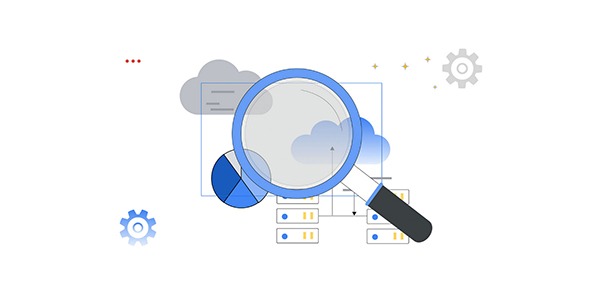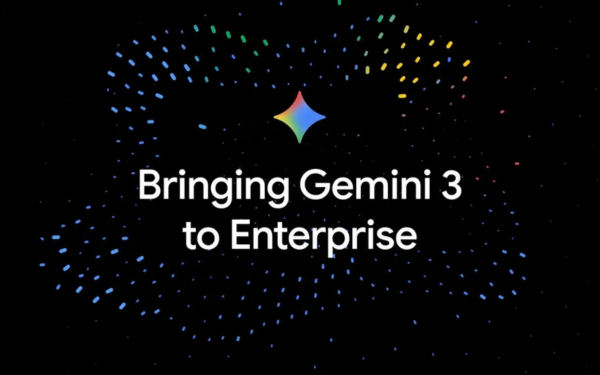The economic advantages of Google Cloud Networking

Enterprise Strategy Group (ESG) recently published a 15-page report on the Economic Advantages of Google Cloud’s Advanced Networking Services, detailing how these advantages can help customers realize up to a 28% total cost savings for their cloud networking. In this blog, we explore the six key areas customers should consider when evaluating public cloud providers, and some of the advantages gained by building on Google’s globally scaled cloud network.
Network
Google has a fiber optic network structured with advanced, global software. This global network enables billions of users to access various Google services such as YouTube, Search and Maps as well as Google Cloud. You can leverage this global network for your Google Cloud workloads with complete confidence in its scalability and durability. You can find the current number of regions, zones and edge locations above Cloud Locations.

6 considerations when evaluating Cloud Networking
The report goes into quantitative and qualitative details as to areas that enterprises should look at when choosing between cloud provider networks. Let's explore these areas and how Google Cloud Networking services support each of them.
# 1 - There are differences between cloud network architectures.
Robust cloud networks should be software-defined, scalable, simple, and automatable. A well-documented architecture, built upon consistent innovation and that is transparent about network performance, can greatly reduce administrative overhead. Google Cloud’s network meets all of these requirements and more. Google has documented its Andromeda stack for software-defined networking, contributes significantly to Internet Engineering Task Force (IETF) RFC standardsand provides a public global view of inter-region network latency and throughput. Unlike other cloud providers, its network capabilities are globally scoped, which helps customers reduce architectural complexity and simplify network management.
# 2 - A cloud network should provide simple and flexible hybrid cloud connectivity.
Google Cloud hybrid connectivity options offer flexibility for customers’ business requirements. Cloud VPN provides easy-to-set-up high-availability connectivity. For organizations that need more stable and higher bandwidth connections, Cloud Interconnect options like Dedicated Interconnect and Partner Interconnect provide connectivity. Meanwhile Private Service Connectallows secure and private access to Google Cloud, third-party, or customer-managed cloud services.
In Google Cloud, one Virtual Private Cloud (VPC) is a global construct that is different from other cloud providers’. You can create a single VPC and provision different isolated subnets in any region within the same VPC. This allows customers to create and manage fewer VPCs, thus lowering operational overhead.
# 3 - A cloud network should make it easy to scale and accelerate workloads.
Google Cloud Managed Instance Groups and cluster autoscaling help you scale your resources automatically. In Google Cloud, there exist a robust set of Load Balancers that support various traffic options to meet both global and regional requirements. Load balancers distribute traffic across your backend targets, which can exist within and outside of Google Cloud.
With Cloud CDN for static content and Media CDN for streaming content, customers benefit from the same global footprint and network performance as other Google services such as YouTube. Customers can verify CDN performance as measured by Cedexis and made publicly available..
# 4 - A cloud network should ensure secure hybrid cloud operations.
Google Cloud services like Cloud NAT, Cloud Firewall and Cloud Armor can be utilized at different points in the environment to provide a layered defense-in-depth approach. Cloud Armor was in the news last year when it helped a customer mitigate a Layer 7 DDoS attack at 46 million requests per second. In addition to native capabilities, Google Cloud also supports third-party appliances including many partner solutions that are directly available in the Google Cloud Marketplace.
# 5 - A cloud network should provide visibility and control.
Google Cloud Network Intelligence Center provides real-time observability for your network. It does this through individual modules (Network Topology, Connectivity test, Performance Dashboard, Firewall Insights, Network Analyzer) which provide targeted visibility into aspects of your network infrastructure including latency, throughput, connectivity between specific resources, and resource configuration. This resource analysis highlights configuration issues that can cause network failures, lead to resource exhaustion, or otherwise result in sub-optimal performance — often proactively before an issue can be observed by the end user.
# 6 - Initiatives must support modernization efforts.
Google Cloud supports application modernization with many services to help customers both migrate and build applications on the platform. Google Kubernetes Engines (GKE) provides high-scale Kubernetes deployments with up to 15,000 nodes per cluster while introducing next-generation features such as the GKE Gateway Controller, a production implementation of the new Kubernetes Gateway API. Google also continues to develop and/or contribute to many popular open standards and open-source projects such as HTTP3, QUIC, gRPC, eBPF, Envoy, Istio, and, of course, Kubernetes itself.
Cloud has been and is an inevitable trend in the technology development and optimization system of enterprises. Gimasys - Premier Partner of Google in Vietnam is the unit providing, consulting the structure, designing the optimal Cloud solution for you. For technical support, you can contact Gimasys - Premier Partner of Google in Vietnam at the following information:
- Hotline: 0974 417 099 (HCM) | 0987 682 505 (HN)
- Email: gcp@gimasys.com
Source: Gimasys



